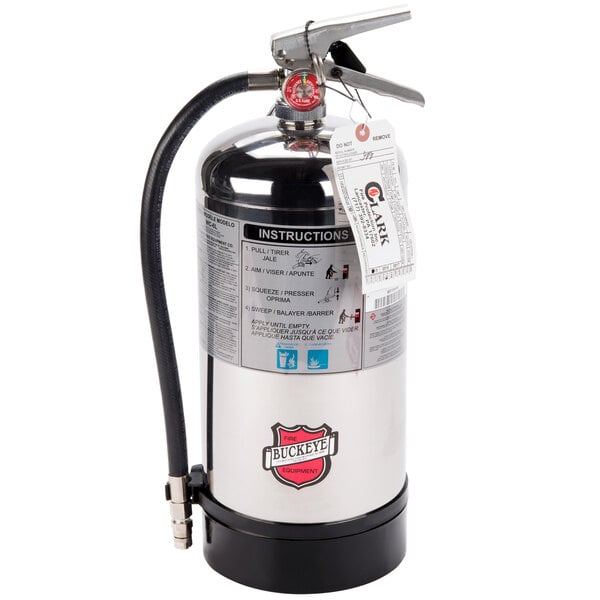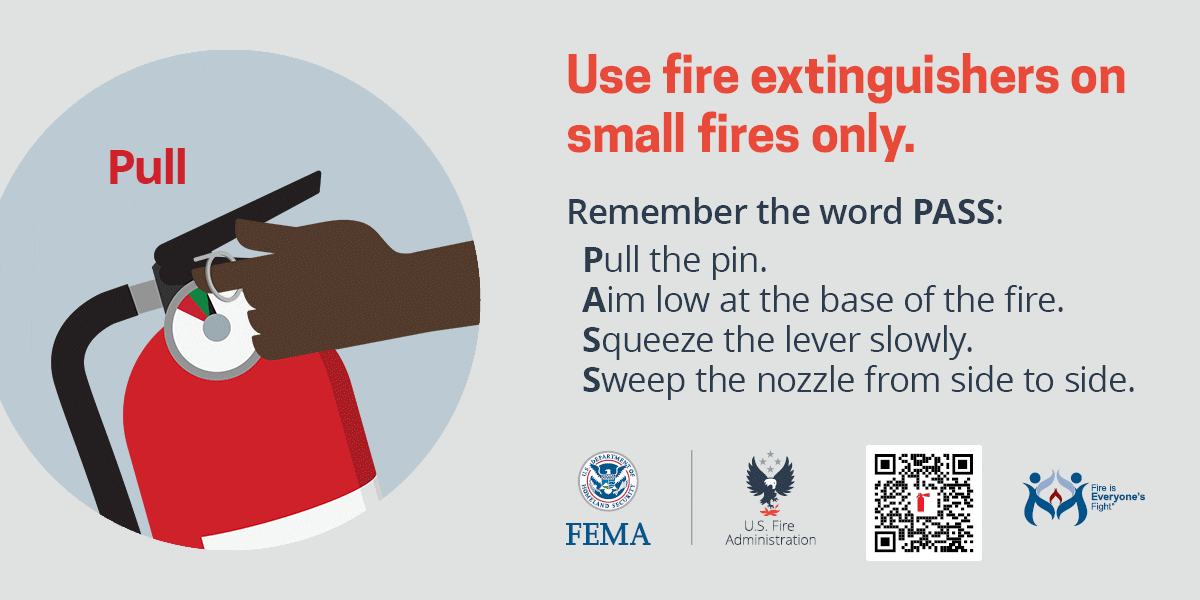class k fire examples
These types of fires involving cooking oils such as in deep-fat fryers. Class B Fires are fueled by flammable or combustible liquids which include oil gasoline and other similar materials.

Chapter 6 Lesson Goal After Completing This Lesson The Student Shall Be Able To Operate Portable Fire Extinguishers Effectively And Safely Following The Ppt Video Online Download
Fires in cooking appliances that.
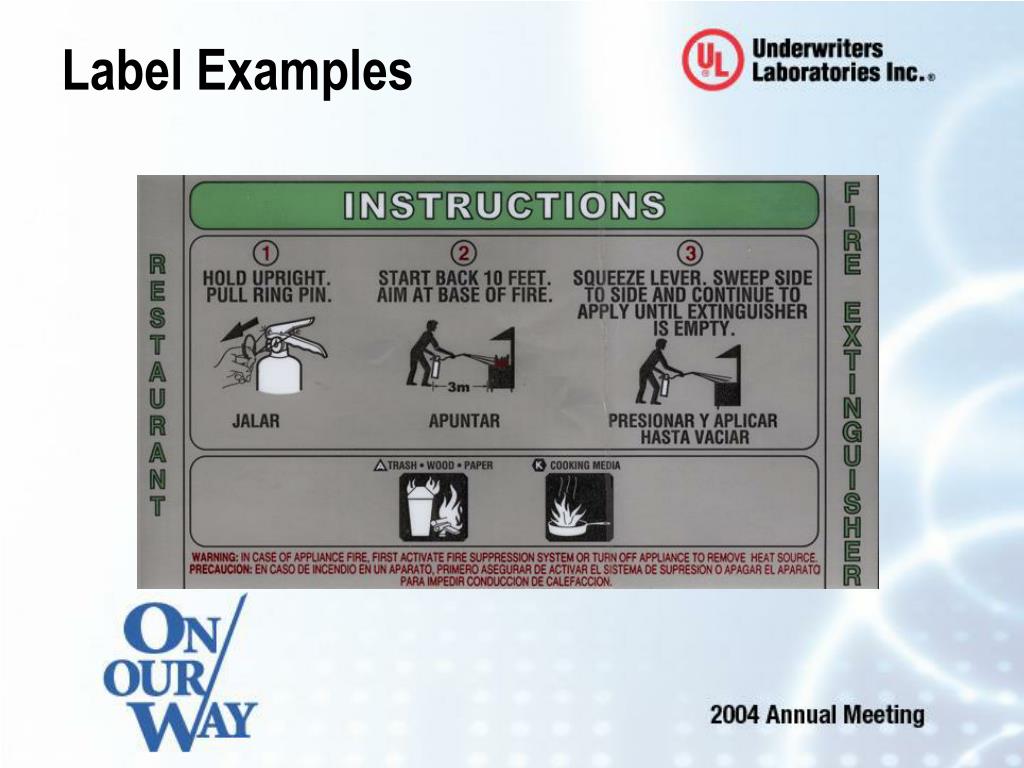
. Le seul sous-marin de classe Mike coule à la suite dun incendie à bord le 7 avril. Certain flammable metallic substances such as sodium and potassium. These types are fires use commonly flammable material as their fuel source.
Vegetable oils such as safflower corn and canola. These materials are normally not found in the Medical Center. Class K fire extinguishers work by saponification.
Fires ignited by oil burn especially. Class K fires concern substances often found in kitchens. Oils fats and kitchen greases can cause Class K fires.
The 5 Classes of Fire USA Class A. These types are fires use commonly flammable material as their fuel source. Class A fires are defined as ordinary combustibles.
Class F Fires Class K Fires The areas use F or K for the class of fire. Class D fire extinguishers must be used for Class D fires which are typically found in chemical laboratories. Wood fabric paper trash and plastics are common.
Below are examples of commonly used cooking oils. Wood fabric paper trash and plastics are common. Both residential and commercial kitchens face Class K fire risks.
For more information about how you can utilize Class K fire extinguishers effectively to fight these dangerous fires contact us today at Getz Fire Equipment Company. 6 Class K Fire. Class A fires are.
Combustion happens as the gasoline most commonly a fossil fuel reacts with the oxygen in the air to create heat. A Class K fire can also be known as Class F. Plenty more examples.
K -278 Komsomolets. Flammable Liquids and Gases. Saponification takes place when alkaline mixtures are applied to burning cooking oil or fat creating a soapy foam on the surface.
The National Fire Protection Association NFPA categorizes fires by class. They are one of the more dangerous fires to combat and. Water works best to extinguish a Class A fire.
Youll get your first 30-days free of charge and youll be able to cash in on the rewards. Examples of combustibles that cause a Class A fire include things such as paper rubber wood textiles straw plastic etc. Class K fires arise from flammable liquids used for cooking like vegetable and animal fat-based oils and greases.
Class A fires are defined as ordinary combustibles. The relevant graphics and letter designations that accompany these classes are specified by. The only Mike-class sub built sank due to a raging fire April 7 1989.

Class K Fire Extinguisher For Kitchen Fire China Stick Type Cooking Oil Pan Fire Extinguishers And Stick Pack Cooking Oil Pan Fire Extinguishers
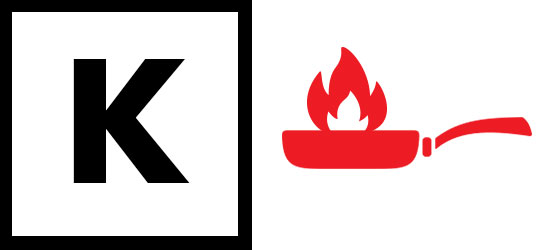
Classification Systems Groups Rusoh Inc
Types Of Fires And How To Put Them Out
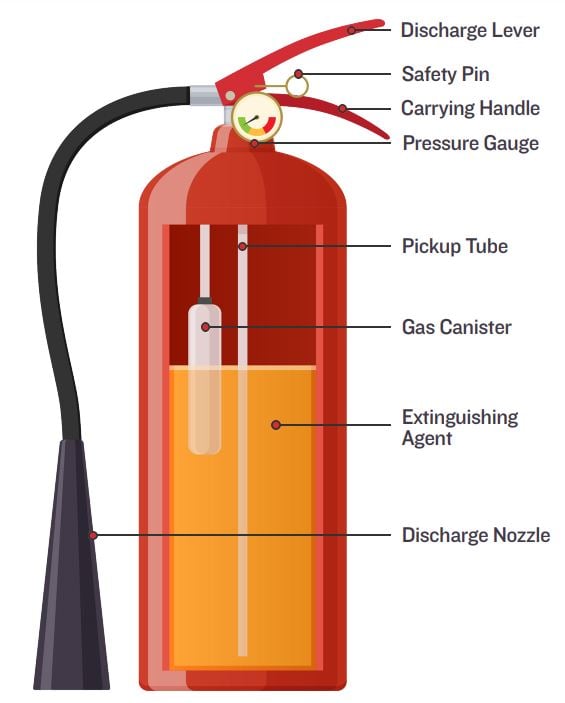
Guide To Fire Extinguisher Sizes Types Ratings

Types Of Fires Fivestarfirecle
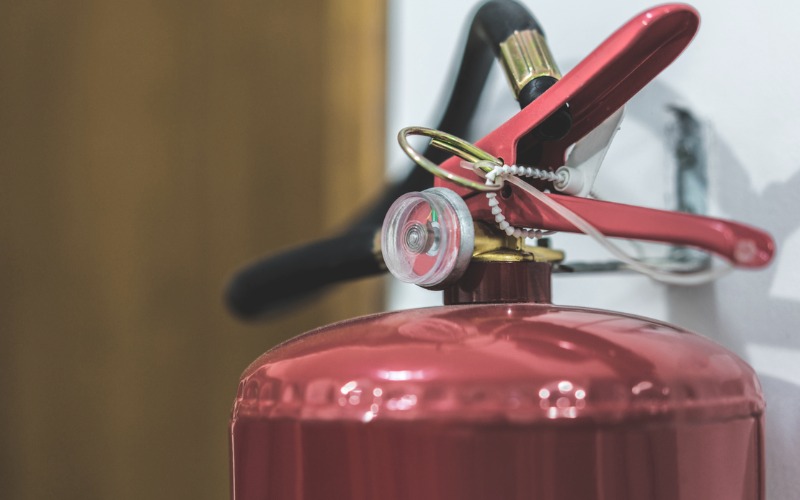
Best Fire Extinguishers Of 2022 Safewise

Types Of Fires Fivestarfirecle
Residential Fire Extinguisher Requirements Manalapan Township
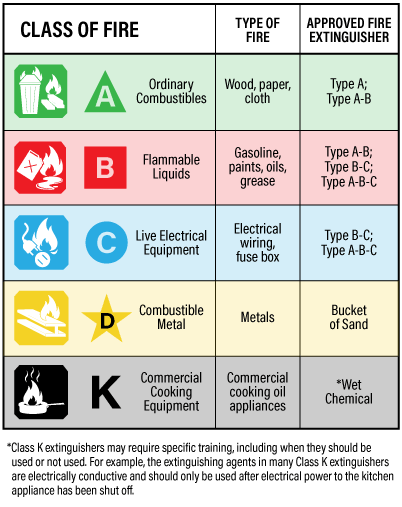
Fire Extinguishers Portable Osh Answers

Fire Classification Sea Scout Skipper S Locker

What Are The 5 Types Of Fire Extinguishers Vanguard
Types Of Fires And How To Put Them Out

Everything You Need To Know About A Class K Fire Extinguisher
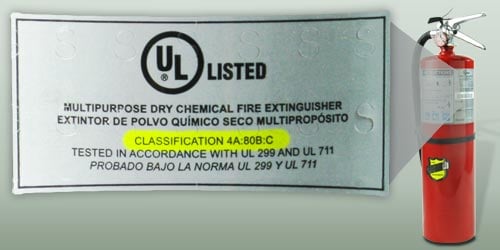
Guide To Fire Extinguisher Sizes Types Ratings


